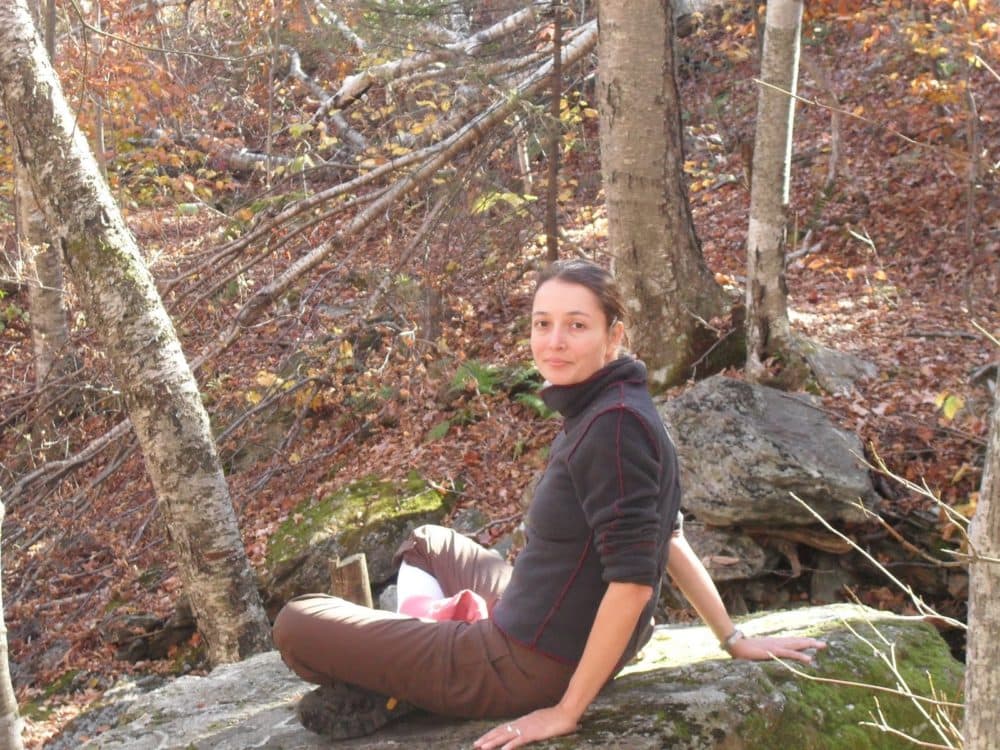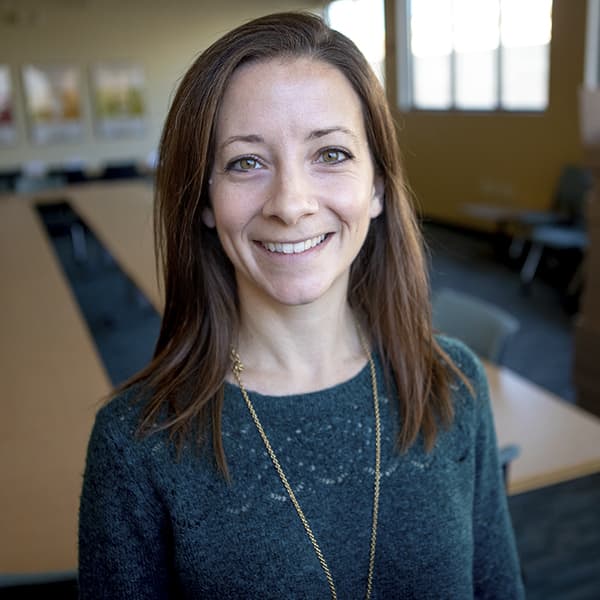Advertisement
Lessons Learned
'They Were Always There': The Power Of Including Indigenous Perspectives
Resume
Kiara Vigil was in elementary school when her father gave her a book about the Sioux Nation. It had a burnt orange cover, and was long and rectangular.
"My dad gave it to me and was kind of like, 'Hey, you know, we're Dakota. You should learn about this,' without him giving me any more to go on," she recalled.
Vigil's family tree is diverse. In addition to ancestors from the Dakota Tribe, she also has relatives from the Apache Tribe, as well as Chicano and Irish heritage.
While she grew up in Boston knowing about her indigenous lineage, she didn't have a lot more detail. At the time, the only things she really knew about indigenous people came from what she learned in school, which only touched on the Thanksgiving story with the Wampanoag Tribe and the Trail of Tears, and nothing more.
Reading her new book, Vigil realized that she was hungry for more information.
"I remember sitting up in my bed at night and reading it," said Vigil. "It was very clear that there was a kind of missing piece in a bigger puzzle."
If she wanted to learn more about her family's past and their tribes' roles in United States history, Vigil understood she'd have to seek it out herself.
As the years went on, so did her supplementary reading. She spent many afternoons buried in archives. Some of the stories she came across were difficult to read.
"I'm not ashamed to say I have cried in the archives," she said. "Because these people, who were once living, experienced a lot of adversity and a lot of oppression."
Vigil eventually turned that interest into a profession. Now, she's an author and an American studies professor at Amherst College. Learning and teaching about the past helps her understand the present. Vigil feels empowered in knowing what forces and circumstances shaped a community into what it is today. And she enjoys seeing the impact of that knowledge develop in her students.
"I'm honored to be able to share these stories and add them back in to a history," she said. "They were always there, even if we didn't realize it."
Vigil is working with Amherst College to build a Native American and Indigenous studies program.
Recently, she developed a new course called "Native Futures," designed to go deeper in to the history of Native American tribes in the United States and then explore how those experiences could have ramifications for the future.
I have cried in the archives. Because these people, who were once living, experienced a lot of adversity and a lot of oppression.
Kiara Vigil
The course was open to any American studies major. Two thirds of the class ended up being Native American and came from diverse group of tribes: Hawaii, Chumash, Ojibwe, Potawatomi, and Isleta Pueblo. Like her, all of these students enjoyed taking a deeper dive into their tribes' histories, from the fun stories to the more emotional ones.
Take the California gold rush, for example.
"I think we all know about the gold rush, but we don't think about how for indigenous communities there were devastating effects," said Vigil. "Some of these mining communities were not only ravaging the land, but they literally were destroying people and families."
Vigil said these lessons took a toll on her Native students from California. But learning about that past was also empowering because many of them never had access to such detailed readings and information about their ancestors in school before.
Almost every single text they read had something that spoke to their own communities, said Vigil. There was also new information about other tribal communities that helped drive home for the students what experiences made them similar and different.
Even the non-native students in the class came away with a sense of connection to the texts. Vigil remembered one student from upstate New York was touched by the book "The River is in Us," which covered the history of toxic pollution in the St. Lawrence River. That was the first time this student got to learn about how the effects of that pollution went beyond her own community and did lasting damage to the nearby Mohawk community of Akwesasne.
"By emphasizing connection, it shows you why anyone should care about this history," Vigil said. "Because it's not just one kind of person's history or story or legacy to inherit, it's all of ours."
Vigil hopes all of her students can walk away from her classes with a wider understanding of their community and the land they call home. The sweet spot for any history professor, she said, is when students come upon this 'Aha!' moment.
"[They] just start to think, 'OK, maybe I didn't quite have a handle on everything about this place that I'm living in,'" she said. "You can't unsee it. This is the wonderful thing about learning."
This segment aired on July 27, 2020.
